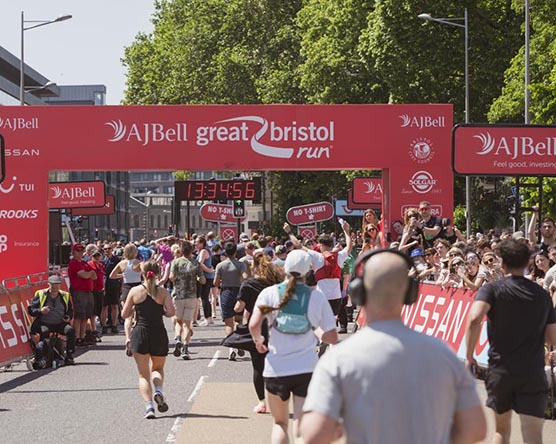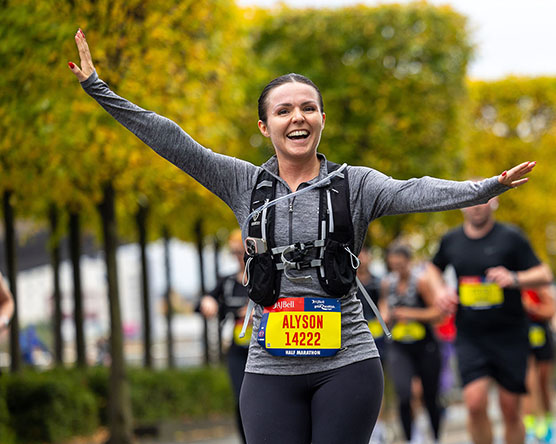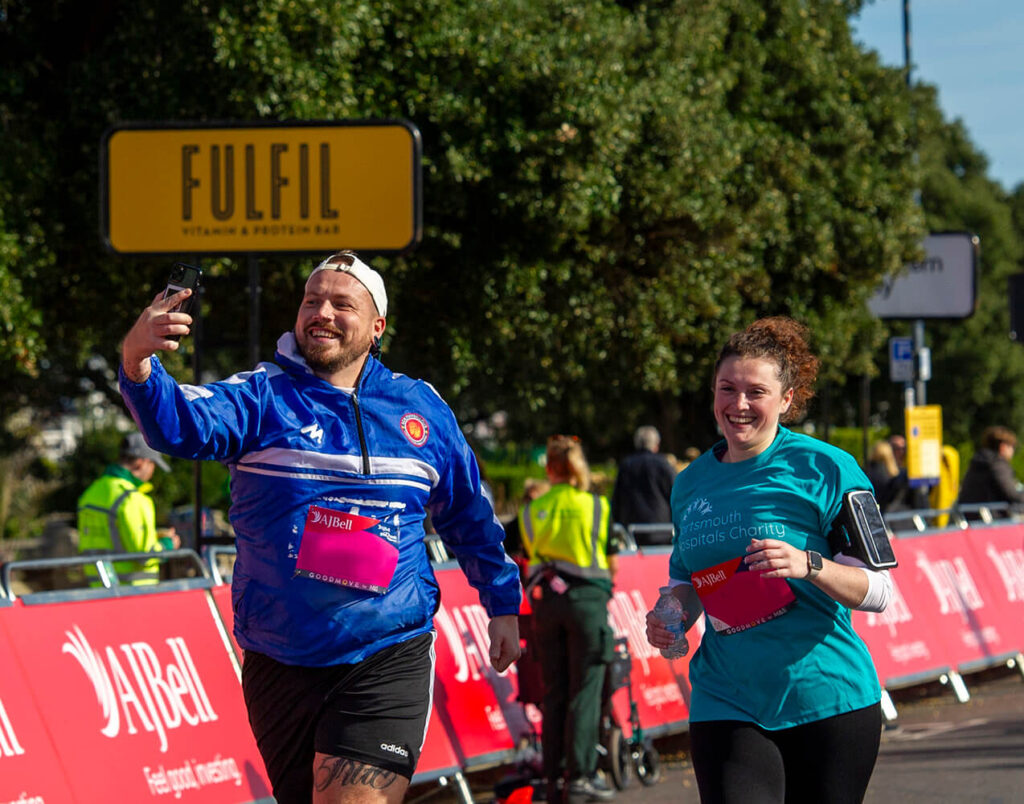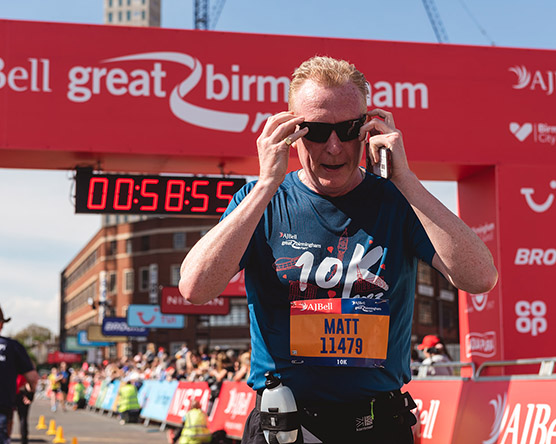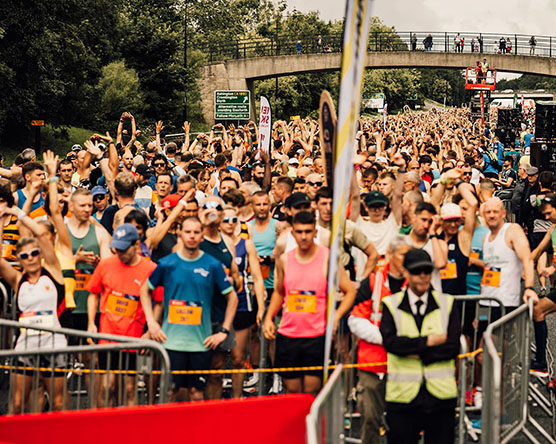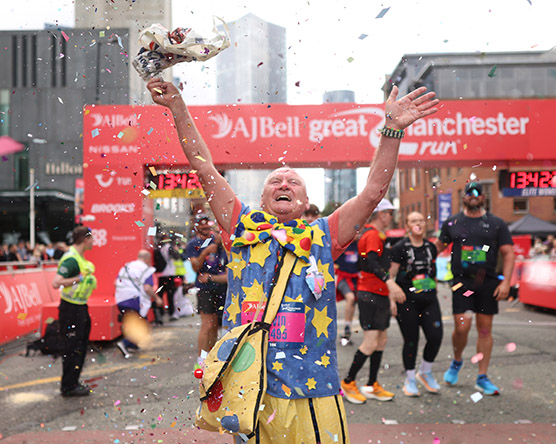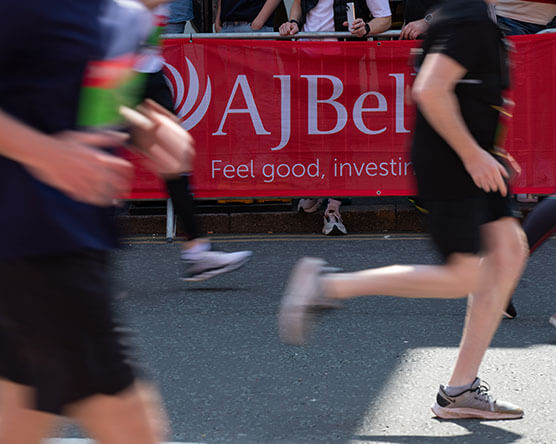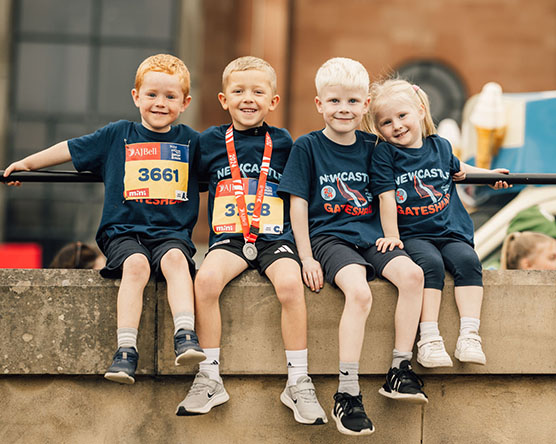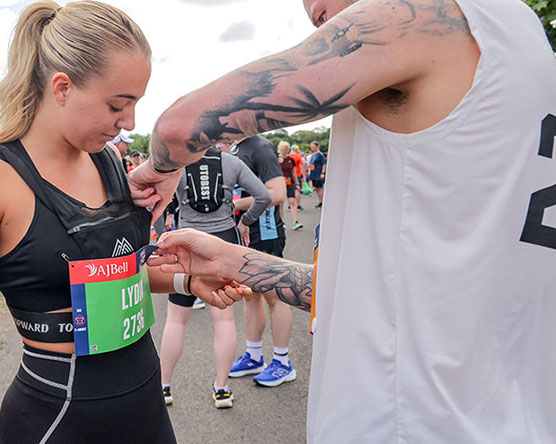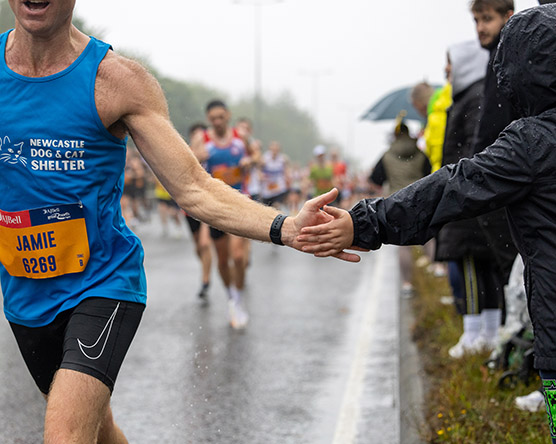Is running a good way for children to be active?
Running is a great way for kids to meet their daily activity goal. Not only does it improve children’s health and fitness levels, but it can also improve sleep, lead to better concentration, boost your mood, and make you feel more confident. The benefits just keep on coming!
How much physical activity should children be aiming for?
Good question. The NHS says that children aged 5-18 should spend 60 minutes a day taking part in moderate to vigorous activity. ‘Moderate activity’ means you should be a little bit out of breath, so pacy walking, playground games, dancing and PE lessons all count towards this goal.
And just like adults, children need to be taking part in a mixture of aerobic activity (activity that gets their heart rate up, like the above) and strength-building activity. Gymnastics, football and exercises like sit-ups and push-ups are all good examples of strength-building activity.
Embedding good habits at a young age means children are more likely to grow up active, and to experience the health benefits that physical activity brings throughout their lives. However, recent studies have shown that just under half of children meet these NHS guidelines, and around one third of children are active for less than 30 minutes a day.
Five ways to encourage kids into running
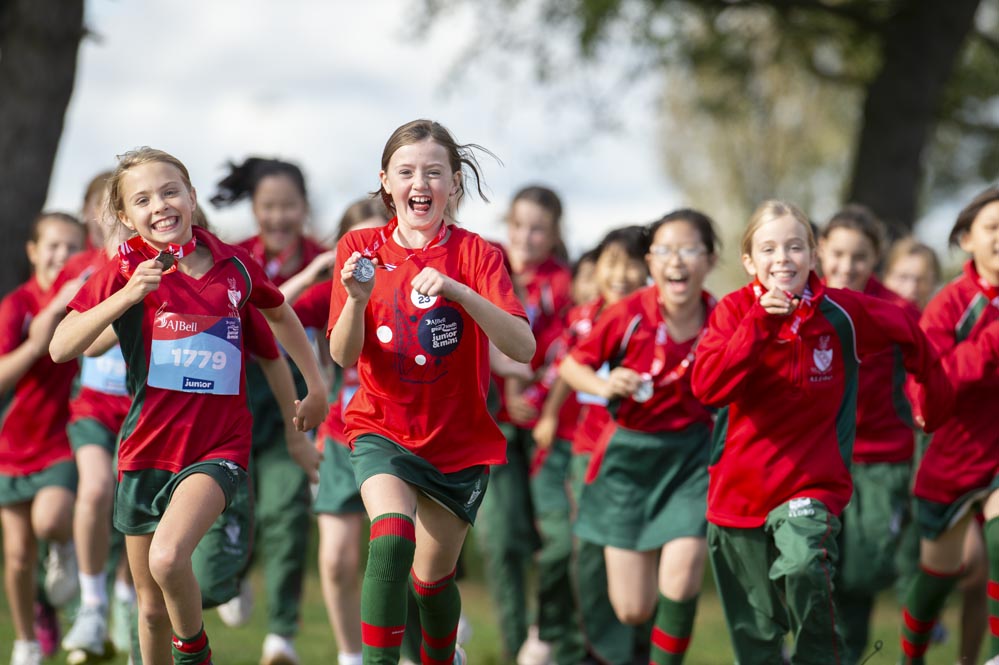
1. Start steady
For children who are generally inactive, doing too much too soon can be off-putting. Don’t overwhelm kids with too much activity – far better to start small and steady with regular walks and gradually increase distance and/or pace over time.
It’s also a great idea to show children that you’re supporting them by getting involved, too. If kids see you’re taking the time to think about your physical health and commit to being more active, they’re more likely to stay motivated themselves. And another benefit is getting to spend some quality time together with no screens or other distractions getting in the way.
2. Make it fun
As adults, we tend to focus on the outcome of a run, or the sense of satisfaction that comes from ticking it off our to-do list. Children, however, may need a little more encouragement.
Making running fun through games, from playground favourite ‘tig’ to a more elaborate obstacle course, is a great way to get kids engaged. Try out ‘Wacky Runs’ – a game where children have to run a designated course a different way each time, e.g. backwards, as slowly as possible, holding hands with a partner, while dancing to a song etc.
Or have a go at ‘Sharks and Minnows’ – a game a little bit like ‘What’s the Time, Mr Wolf?’. ‘Minnows’ need to line up opposite a single ‘shark’ and ask to cross the ocean. When the shark replies ‘go, minnows, go!’ the minnows need to try to get to the shark’s side of the playground without being caught. Tagged minnows become sharks and have to catch other minnows who, in turn, become sharks – until there’s only one minnow left (the winner).
And remember, grown-ups can definitely get involved, too!
3. Make it competitive
Not all children enjoy competition, but for some it’s a powerful incentive to run further and faster. Some young people are happy to compete with themselves, trying to reach a certain distance without stopping or improving their time, whereas others will want to go up against others for praise, medals or trophies.
Either way, it’s important to listen to your child and understand what motivates them. If you’ve got a competitive kid on your hands, though, you might want to check out local running clubs, where regular coaching and races can feed a child’s competitive spirit in a healthy way.
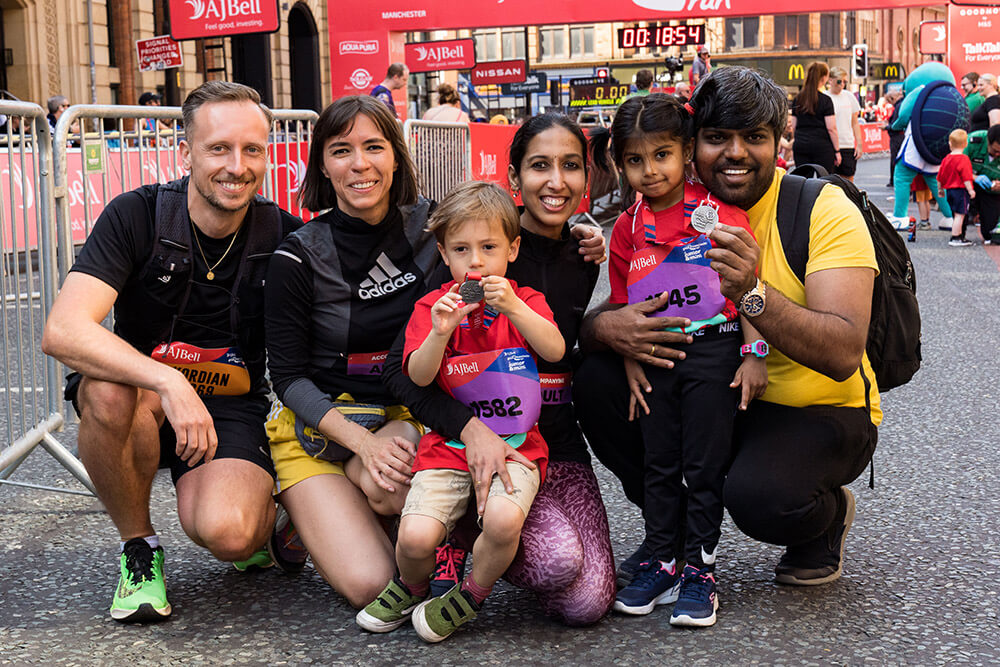
4. Celebrate milestones and build in incentives
From a simple certificate to bigger rewards – having a friend over, a cinema trip – celebrating successes is an important part of acknowledging how far your child has come and motivating them to go even further.
And don’t underestimate the power of verbal praise. Sometimes we assume that kids know we’re proud of their achievements, but it’s important to actually say the words. A little ‘well done’ or ‘I’m so impressed with how you kept going’ goes a long, long way.
5. Get into healthy habits
Make sure your young person has the right kit before they get started. They don’t have to be expensive, but a pair of decent quality, well-fitting trainers are an absolute must, as well as loose, light, comfortable (and visible!) clothing.
Healthy habits also extends to making sure your child knows the importance of hydrating effectively, eating well and warming up and cooling down – check out our Junior and Mini Great Run mascot, Tyney, for their top tips on an effective – and fun – warm up and cool down routine.
And finally, encourage them to listen to their body. Like adults, children are susceptible to injury if they run too fast or too far without building up through proper training, and aches and pains are a sign they’ve been overdoing it. Remind them that life is a marathon, not a sprint – and building healthy, sustainable running habits is a lifetime’s work.
Know a youngster who loves to run? Take a look at our Junior and Mini Great Run events – the perfect way for kids to discover that running is fun for all ages.



